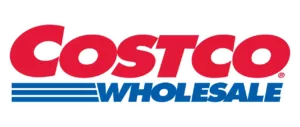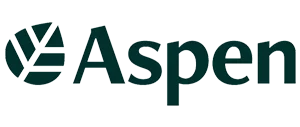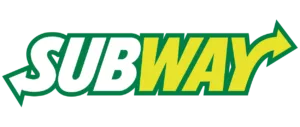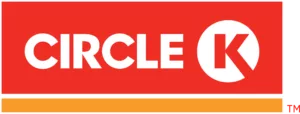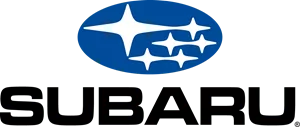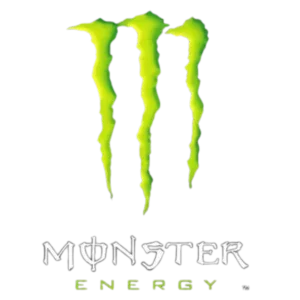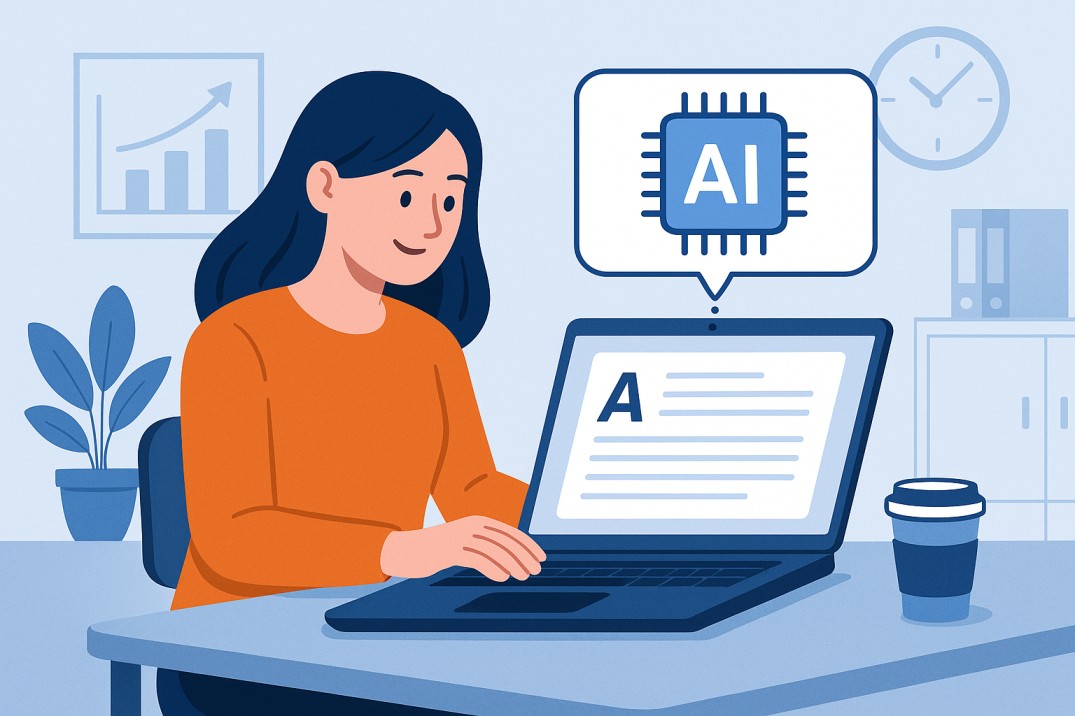What are the drug testing program training requirements for my employees and supervisors?
If you’re in the transportation industry, you know about the Drug and Alcohol Training Requirement for the Department of Transportation (DOT) and how important it is to ensure safety on our roads and in our skies.
Reasonable suspicion testing is one component of a comprehensive workplace drug and alcohol testing program. Like other types of testing, reasonable suspicion testing deters employees from engaging in prohibited drug and alcohol use and identifies those who do use illegal drugs or misuse alcohol.
But navigating through all the drug and alcohol training requirements can sometimes feel like trying to untangle a messy knot. Don’t worry, though; we’ve got your back!
This comprehensive guide will cover mostly everything you need to know about DOT drug and alcohol training, from who needs it to when and how to get it done.
Save Thousands Of Dollars With Coggno Prime Subscription
What is reasonable suspicion testing?
Reasonable suspicion testing is a type of testing that takes place when an employer thinks an employee might be using drugs or alcohol at work. This suspicion is based on specific things the employer notices, like slurred speech or odd behavior. It’s done following the employer’s rules and might involve different tests like breath or urine tests.
It’s important for employers to establish clear criteria for what constitutes reasonable suspicion and to ensure that testing is conducted fairly and consistently in accordance with legal regulations and company policies.
WHEN SHOULD REASONABLE SUSPICION TESTING BE CONDUCTED?
Reasonable suspicion testing should be conducted when an employer has a valid reason to believe that an employee may be under the influence of drugs or alcohol while on the job. This belief should be based on specific observations or behaviors exhibited by the employee, such as slurred speech, impaired coordination, erratic behavior, the smell of alcohol, or other signs of being under the influence.
HELP! I Think My Employee’s Under The Influence: The Do’s And Don’ts Of Reasonable Suspicion
HOW TO IDENTIFY SIGNS OF DRUG AND ALCOHOL USE?
There are a number of physical, behavioral, and performance indicators that can indicate drug or alcohol use. Some common signs include:
PHYSICAL SIGNS
- Slurred speech
- Bloodshot or watery eyes
- Dilated or constricted pupils
- Impaired coordination or unsteady gait
- Frequent sniffing, coughing, or runny nose (for certain drugs)
- Tremors or shaky hands
- Fluctuations in energy levels (e.g., extreme lethargy or hyperactivity)
Must Read: The Need For Drug And Alcohol Certification Program
BEHAVIORAL SIGNS
- Sudden changes in mood or behavior
- Erratic or unpredictable behavior
- Aggressiveness or irritability
- Confusion or disorientation
- Inability to focus or concentrate
- Poor decision-making or judgment
- Withdrawal from social interactions or sudden isolation
WORK PERFORMANCE SIGNS
- Decreased productivity or quality of work
- Increased absenteeism or tardiness
- Missed deadlines or forgetfulness
- Carelessness or negligence in tasks
- Increased accidents or errors
PERSONAL HYGIENE AND APPEARANCE
- Neglect of personal grooming habits
- Unusual odors on breath, body, or clothing
- Changes in appetite or weight loss/gain
DRUG PARAPHERNALIA
- Discovering drug-related items such as pipes, syringes, or pill bottles in the workplace
Managing A Drug Free Workplace
NOTE: While these signs may indicate potential drug or alcohol use, they could also be caused by other factors. Therefore, it’s essential to approach any concerns with sensitivity, confidentiality, and professionalism.
If you suspect substance abuse, it’s advisable to follow your organization’s policies and procedures for addressing such situations, including seeking HR guidance or referring the employee to an employee assistance program (EAP) for support.
ALSO READ: Driving In The US: Need, Essential Safety Tips and Coggno Online Courses
WHAT ARE THE PROHIBITED DRUGS?
Prohibited drugs generally refer to substances that are illegal to possess, use, manufacture, distribute, or sell without proper authorization. The specific prohibited drugs can vary depending on the legal framework of each country or jurisdiction. However, some common categories of prohibited drugs include:
Drug & Alcohol Employee V2.16 Course
ILLEGAL DRUGS
These substances are strictly forbidden by law and have no recognized medical use. Examples include:
- Cocaine
- Heroin
- LSD (Lysergic acid diethylamide)
- Methamphetamine (Meth)
- Ecstasy (MDMA)
- Marijuana (in many jurisdictions, though its legality is changing in some places)
PRESCRIPTION DRUGS WITHOUT A PRESCRIPTION
Some drugs are legal only with a valid prescription from a licensed healthcare provider. Possessing or using these drugs without a prescription is prohibited. Examples include:
- Opioids (e.g., Oxycodone, Hydrocodone)
- Benzodiazepines (e.g., Xanax, Valium)
- Amphetamines (e.g., Adderall)
PERFORMANCE-ENHANCING DRUGS (PEDS)
These substances improve athletic performance and are banned in competitive sports. Examples include:
- Anabolic steroids
- Human Growth Hormone (HGH)
- Stimulants (e.g., Ritalin, Modafinil) when used without a legitimate medical reason
SYNTHETIC DRUGS
These are chemically produced substances designed to mimic the effects of illegal drugs while attempting to evade legal restrictions. Examples include:
- Synthetic cannabinoids (e.g., Spice, K2)
- Synthetic cathinone (e.g., bath salts)
Drugs And Alcohol: The Facts Course
NOTE: The list of prohibited drugs can change over time as laws and regulations are updated. Additionally, some substances may be legal in certain contexts, such as for medical or research purposes, but illegal for recreational use. Always consult local laws and regulations for the most accurate information on prohibited drugs in your area.
Must Read: DOT and FMCSA Compliance Training For Trucking Companies: The Ultimate Guide
WHY IS REASONABLE SUSPICION TRAINING REQUIRED?
Reasonable suspicion training is crucial for workplace safety and following rules, especially in DOT-regulated industries and others not under DOT rules.
Even in non-DOT sectors, it helps employers and supervisors recognize and handle situations where employees might be affected by drugs or alcohol. This training is important because it allows supervisors to spot signs of substance use among workers, serving several key purposes:
SAFETY
It helps ensure a safe work environment by enabling supervisors to identify employees who may be impaired and potentially hazardous to themselves or others.
HAZWOPER: DOT Emergency Response Guidebook (US) Course
LEGAL COMPLIANCE
Many jurisdictions have legal requirements for employers to conduct reasonable suspicion testing fairly and nondiscriminatory. Training ensures that supervisors understand these legal obligations and conduct testing appropriately.
Sorting Out The Confusion Around CBD Course
EMPLOYEE RIGHTS
Training helps supervisors understand employees’ rights regarding drug and alcohol testing, including privacy rights and protections against discrimination.
Drug-Free 201: Supervisor Essentials
CONSISTENCY
By providing training, employers can ensure that supervisors apply reasonable suspicion criteria consistently across the organization, reducing the risk of unfair treatment or discrimination.
RISK MANAGEMENT
Identifying and addressing potential substance abuse issues early can help mitigate risks related to accidents, injuries, absenteeism, and decreased productivity in the workplace.
Reasonable Suspicion Training For Alcohol And Substance Abuse (US) Course
WHO NEEDS DOT DRUG AND ALCOHOL TRAINING?
DOT (Department of Transportation) drug and alcohol training is required for individuals and employers involved in safety-sensitive transportation activities regulated by the DOT. This training is mandated to ensure compliance with DOT regulations and to promote safety within the transportation industry. Specifically, the following groups typically require DOT drug and alcohol training:
MUST READ: DOT and FMCSA Compliance Training For Trucking Companies
SAFETY-SENSITIVE EMPLOYEES
It includes individuals who perform safety-sensitive functions in various modes of transportation, such as:
- Commercial motor vehicle (CMV) drivers (e.g., truck drivers, bus drivers)
- Airline pilots and flight crews
- Railroad engineers and conductors
- Pipeline operators
- Maritime personnel (e.g., captains, crew members)
DOT Driver Compliance (US) Course
EMPLOYERS
Employers subject to DOT regulations must also undergo DOT drug and alcohol training to understand their responsibilities and obligations regarding drug and alcohol testing programs. It includes employers who operate commercial motor vehicles, airlines, railroads, pipelines, and maritime vessels.
DOT Vehicle And Roadside Inspections (US) Course
DESIGNATED EMPLOYER REPRESENTATIVES (DERS)
DERs are designated by employers to oversee the implementation of drug and alcohol testing programs. They are responsible for ensuring compliance with DOT regulations, coordinating testing activities, and communicating with employees regarding testing requirements.
SUPERVISORS
Supervisors who oversee safety-sensitive employees must undergo DOT drug and alcohol training to recognize signs of substance abuse, understand testing procedures, and effectively manage employees in compliance with DOT regulations.
SERVICE AGENTS
Service agents, such as drug testing laboratories, Medical Review Officers (MROs), Substance Abuse Professionals (SAPs), and breath alcohol technicians, may also need DOT drug and alcohol training to perform their roles within the DOT testing program.
UNDERSTANDING THE TRAINING NEED
The primary goal of DOT drug and alcohol training is to educate employees on the regulations surrounding drug and alcohol use in the workplace and the consequences of violating these regulations.
During the training, you can expect to cover topics such as:
- The DOT drug and alcohol testing program
- Recognizing signs of drug and alcohol use
- Consequences of drug and alcohol violations
- Employee rights and responsibilities
- Referral, evaluation, and treatment resources
Maximize Training, Minimize Costs With Coggno Prime
TIMING AND FREQUENCY OF TRAINING
The DOT requires employees to undergo drug and alcohol training in the following circumstances:
- PRE-EMPLOYMENT: Before performing safety-sensitive functions for the first time.
- REASONABLE SUSPICION/CAUSE: When a supervisor has reasonable suspicion to believe that an employee may be under the influence of drugs or alcohol.
- RANDOM: Periodically throughout employment, as part of the DOT’s random testing program.
- RETURN-TO-DUTY: After completing the return-to-duty process following a drug or alcohol violation.
- FOLLOW-UP: As directed by a Substance Abuse Professional (SAP) as part of a follow-up testing plan.
The frequency of refresher training varies depending on the employee’s role and the mode of transportation. However, it’s typically required every 12-24 months to ensure that employees stay up-to-date with any regulatory changes and maintain a high level of awareness regarding drug and alcohol issues in the workplace.
Managing A Drug Free Workplace
HOW TO GET TRAINING DONE
Coggno offers DOT-approved training programs explicitly designed to meet the requirements set forth by the DOT.
Coggno courses are:
- ACCREDITED: Our training programs are accredited by a recognized authority.
- COMPREHENSIVE: Our training covers all the necessary topics outlined by the DOT.
- FLEXIBLE: Our online training program fits your schedule.
Once you’ve completed the training, be sure to retain documentation of your completion certificate or other proof of training, as you may be required to provide it to your employer or regulatory authorities upon request.
BOTTOM LINE
Safety is everyone’s responsibility, and by staying informed and vigilant, we can all play our part in keeping our roads, skies, and waterways safe for everyone. So, if you haven’t already, it’s time to get started on your DOT drug and alcohol training journey. Your safety and the safety of others depend on it!
ADDITIONAL TRAINING RESOURCES
- Hazardous Materials Transportation – General Awareness And Security Awareness 2023 (49 CFR) (Course)
- 49 CFR, General Awareness, Function Specific, Safety And Security Compliance (2024)
- Hazardous Materials / Dangerous Goods Transportation – General Awareness And Security Awareness By All Modes (49 CFR, Canadian TDGR, ADR 2023, Mexican NOMs, IMDG Code Amd. 41-22, And ICAO / IATA Edition 65) – 2023
FOOTNOTE
We provide a learning management system (LMS), not legal advice. Our content is for general information only. We can’t guarantee its accuracy or completeness. For specific legal advice, always consult a qualified attorney.





